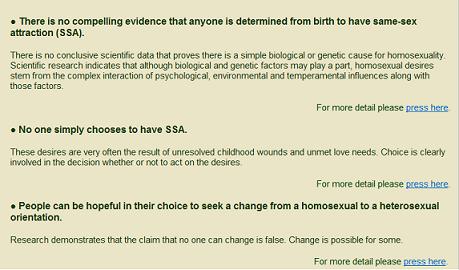A new study released online with Archives of Sexual Behavior and via press release today propose a relatively small role for family attitudes in the direction of sexual attraction, with more of the explanation being factors not shared by siblings.
Society’s attitudes have little impact on choice of sexual partner
[PRESS RELEASE 16 June 2008] A unique new study from the Swedish medical university Karolinska Institute (KI) suggests that the attitude of families and the public have little impact on if adults decide to have sex with persons of the same or the opposite sex. Instead, hereditary factors and the individual’s unique experiences have the strongest influence on our choice of sexual partners.
The study is the largest in the world so far and was performed in collaboration with the Queen Mary University of London. More than 7,600 Swedish twins (men and women) aged 20-47 years responded to a 2005 – 2006 survey of health, behaviour, and sexuality. Seven percent of the twins had ever had a same-sex sexual partner.
“The results show, that familial and public attitudes might be less important for our sexual behaviour than previously suggested”, says Associate Professor Niklas Långström, one of the involved researchers. “Instead, genetic factors and the individual’s unique biological and social environments play the biggest role. Studies like this are needed to improve our basic understanding of sexuality and to inform the public debate.”
The conclusions apply equally well to why people only have sex with persons of the opposite sex as to why we have sex with same-sex partners. However, the conclusions are more difficult to transfer to countries where non-heterosexual behaviour remains prohibited.
Overall, the environment shared by twins (including familial and societal attitudes) explained 0-17% of the choice of sexual partner, genetic factors 18-39% and the unique environment 61-66%. The individual’s unique environment includes, for example, circumstances during pregnancy and childbirth, physical and psychological trauma (e.g., accidents, violence, and disease), peer groups, and sexual experiences.
Publication:
Niklas Långström, Qazi Rahman, Eva Carlström, Paul Lichtenstein, “Genetic and Environmental Effects on Same-sex Sexual Behaviour: A Population Study of Twins in Sweden.” Archives of Sexual Behaviour, 7 June 2008, doi 10.1007/s10508-008-9386-1
This is more evidence that different factors operate differently for different people. In discussing sexual orientation, it may be that individual narratives have validity for the individual but cannot be generalized widely. Where have I heard that before?
Another news item is circulating today with what appears to be a mix of new and old research on brain structure and sexual orientation.
UPDATE – There is indeed new research from Ivanka Savic’s team in the Proceedings of the National Academies of Science. The study, titled “PET and MRI show differences in cerebral asymmetry
and functional connectivity between homo- and heterosexual subjects” by Ivanka Savic and Per Lindstrom is not yet published but I have a copy and am reviewing it.
